Space Force to invest in testing infrastructure to evaluate new systems
Tuesday, 10 May 2022 20:18
The U.S. Space Force in a vision document calls for the service to invest in infrastructure and a skilled workforce to support the testing of new satellite designs and other systems.
Strong solar flare erupts from sun
Tuesday, 10 May 2022 20:04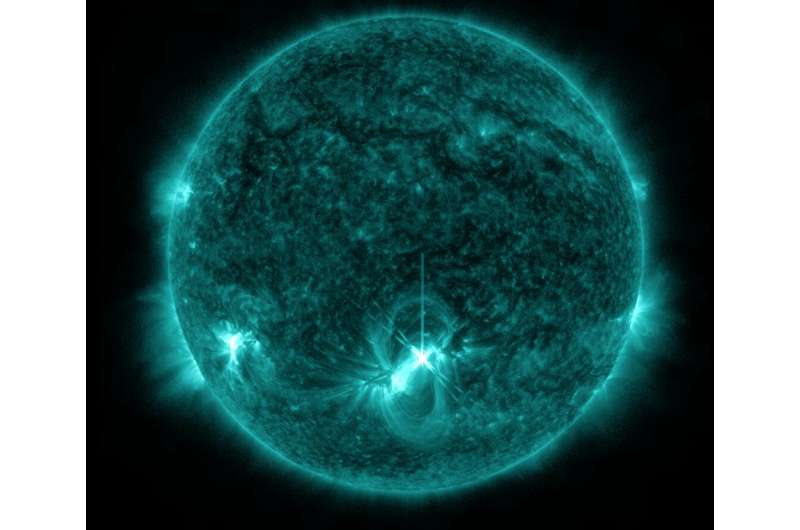
The Sun emitted a strong solar flare on Tuesday, May 10, 2022, peaking at 9:55 a.m. EDT. NASA's Solar Dynamics Observatory, which watches the sun constantly, captured an image of the event.
Spire Global adding high-capacity Ku-band antennas to satellites
Tuesday, 10 May 2022 19:11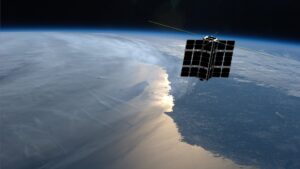
Spire Global said May 10 it is installing Ku-band antennas from fellow smallsat operator Kepler Communications on at least three satellites to offer higher capacity data services beginning next year.
The post Spire Global adding high-capacity Ku-band antennas to satellites appeared first on SpaceNews.
Op-ed | The Fundamentals of a Healthy Space Ecosystem
Tuesday, 10 May 2022 16:03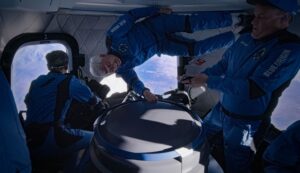
The health and stability of the space ecosystem largely depend on a few core areas: education, access to data and information and collaboration, writes Voyager Space Holdings CEO Dylan Taylor.
The post Op-ed | The Fundamentals of a Healthy Space Ecosystem appeared first on SpaceNews.
China announces its new flagship space telescope mission
Tuesday, 10 May 2022 15:14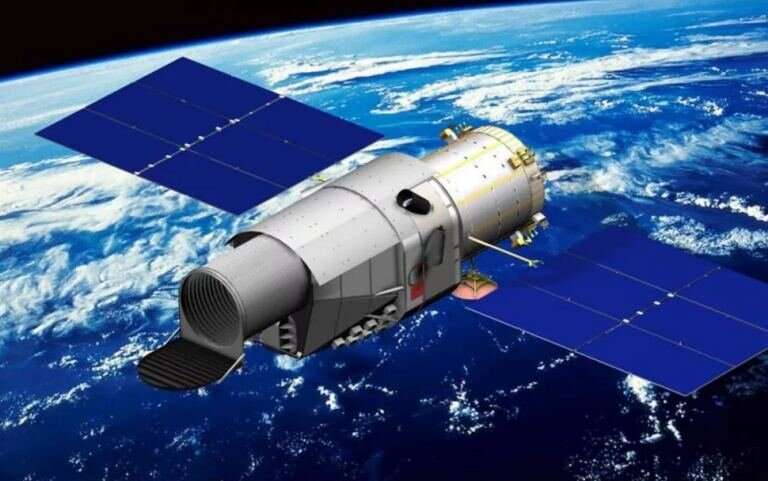
Distant galaxies, dark matter, dark energy and the origin and evolution of the universe itself are some of the many scientific goals of China's newly announced space telescope. If all goes according to plan, the China Space Station Telescope (CSST) will blast off atop a Long March 5B rocket sometime in late 2023. Once in a safe orbit, CSST should begin observations in 2024. Judging by these research topics, it looks like the Chinese Academy of Sciences is throwing down an impressive scientific gauntlet for itself and its astronomers.
What it means to have a space telescope
Owning and operating a space telescope really opens the doors to a treasury of information about the universe. Certainly, that's what motivated the creation of the Hubble Space Telescope (HST). The dream of cosmic exploration motivated Hermann Oberth in the 1920s to write semi-science-fictional treatises about orbiting telescopes on asteroids.
India, France agree to cooperate on secure access to outer space, space-based challenges
Tuesday, 10 May 2022 12:14
India and France have agreed to cooperate to tackle “contemporary challenges that have arisen in space,” including secure access to outer space.
The post India, France agree to cooperate on secure access to outer space, space-based challenges appeared first on SpaceNews.
National Reconnaissance Office partners with U.K. on space mission to fly on Virgin Orbit rocket
Tuesday, 10 May 2022 11:21
The U.S. National Reconnaissance Office and the United Kingdom’s Ministry of Defense will launch a joint mission this summer on Virgin Orbit’s LauncherOne rocket.
Astra to launch from U.K. spaceport
Tuesday, 10 May 2022 09:05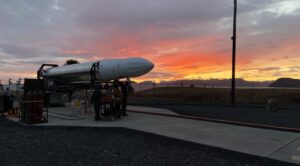
Astra announced May 10 that it plans to carry out launches from a spaceport in the Shetland Islands starting in 2023 as part of international expansion plans.
The post Astra to launch from U.K.
Tianzhou-4 cargo craft docks with Chinese space station
Tuesday, 10 May 2022 07:37
The Tianzhou-4 cargo spacecraft completed an automated docking in orbit with the Tianhe space station module late Monday following launch from Wenchang.
The post Tianzhou-4 cargo craft docks with Chinese space station appeared first on SpaceNews.
Supplies launched to China's new space station for next crew
Tuesday, 10 May 2022 06:44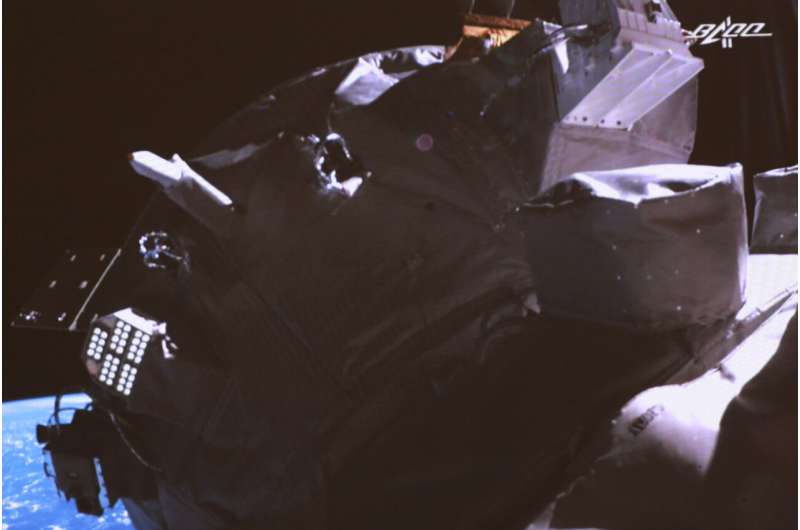
Watch live: press conference with Matthias Maurer back on Earth
Tuesday, 10 May 2022 06:30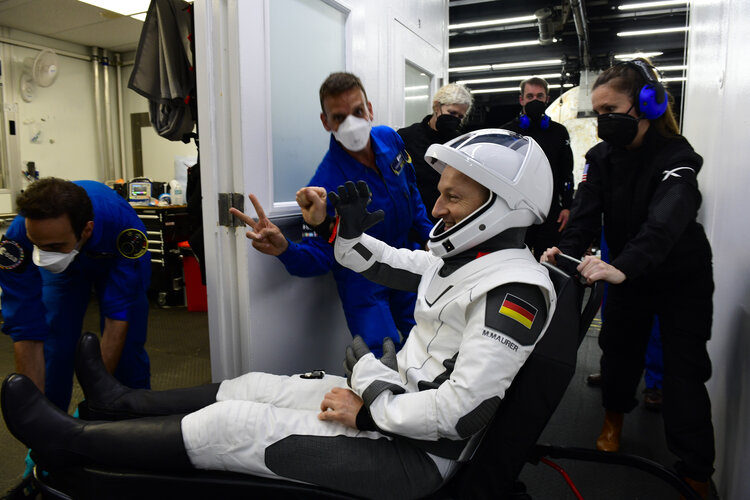
ESA astronaut Matthias Maurer is back in Europe after 177 days in space. Watch the first press conference following his Cosmic Kiss mission at 11:45 CEST (10:45 BST) 11 May live on ESA Web TV.
Canada joins U.S. in ASAT testing ban
Tuesday, 10 May 2022 01:34
The Canadian government announced May 9 that it is joining the United States in banning tests of destructive direct-ascent antisatellite weapons as a step toward norms of responsible behavior in space.
The post Canada joins U.S.
MIRI's sharper view hints at new possibilities for science
Tuesday, 10 May 2022 01:10 The James Webb Space Telescope is aligned across all four of its science instruments, as seen in a previous engineering image showing the observatory's full field of view. Now, we take a closer look at that same image, focusing on Webb's coldest instrument: the Mid-Infrared Instrument, or MIRI.
The MIRI test image (at 7.7 microns) shows part of the Large Magellanic Cloud. This small satell
The James Webb Space Telescope is aligned across all four of its science instruments, as seen in a previous engineering image showing the observatory's full field of view. Now, we take a closer look at that same image, focusing on Webb's coldest instrument: the Mid-Infrared Instrument, or MIRI.
The MIRI test image (at 7.7 microns) shows part of the Large Magellanic Cloud. This small satell Virgin Orbit announces next launch, dubbed 'Straight Up'
Tuesday, 10 May 2022 01:10 Virgin Orbit (Nasdaq: VORB) has entered flight preparation mode for its forthcoming launch, Straight Up, that will support the United States Space Force's STP-28A mission. After departing Virgin Orbit's Long Beach rocket factory on Thursday, April 28, 2022, the rocket arrived at the Mojave Air and Space Port. It will support the Rocket Systems Launch Program (RSLP) and will carry payloads for th
Virgin Orbit (Nasdaq: VORB) has entered flight preparation mode for its forthcoming launch, Straight Up, that will support the United States Space Force's STP-28A mission. After departing Virgin Orbit's Long Beach rocket factory on Thursday, April 28, 2022, the rocket arrived at the Mojave Air and Space Port. It will support the Rocket Systems Launch Program (RSLP) and will carry payloads for th Roscosmos boss calls to hold Elon Musk 'accountable' for supporting Ukraine 'fascists'
Tuesday, 10 May 2022 01:10 Elon Musk has responded after Dmitry Rogozin, the head of Russia's federal space agency Roscosmos, sent a message to Russian media accusing him of supporting "fascist forces" in Ukraine.
The accusation by Rogozin, shared to Twitter by Musk, comes after the chief executive of SpaceX sent user terminals for its Starlink satellite-internet system to Ukraine in February at the request of offic
Elon Musk has responded after Dmitry Rogozin, the head of Russia's federal space agency Roscosmos, sent a message to Russian media accusing him of supporting "fascist forces" in Ukraine.
The accusation by Rogozin, shared to Twitter by Musk, comes after the chief executive of SpaceX sent user terminals for its Starlink satellite-internet system to Ukraine in February at the request of offic 